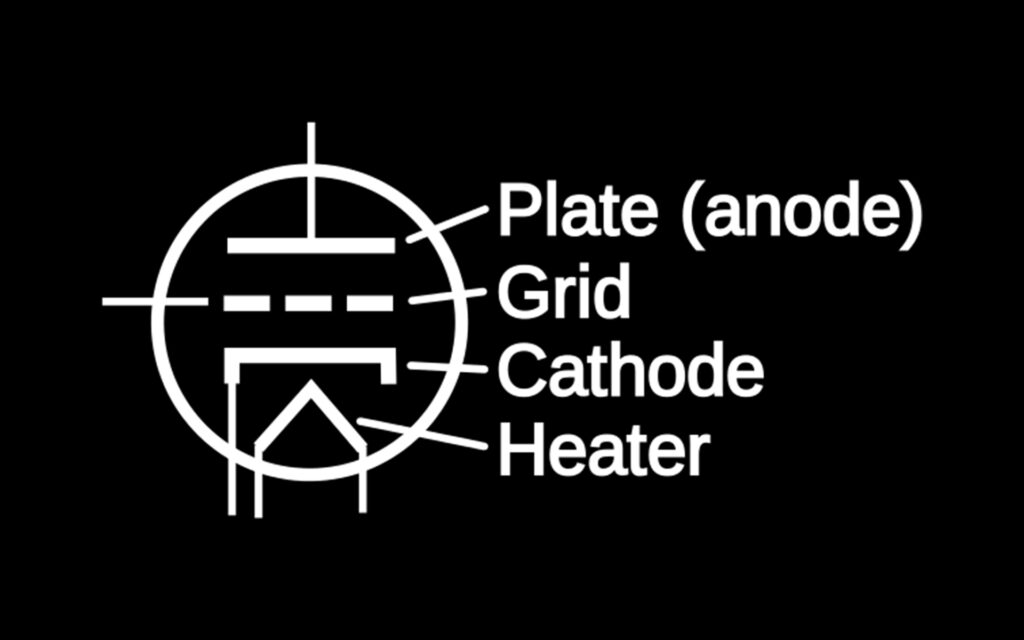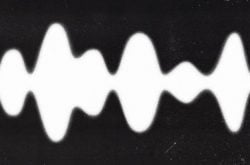Illustration: Daniel Zender
If you’ve spent some time in the world of audio gear, you may have heard of the elusive ‘tube sound’ before.
But what exactly is it? A quick Google search on the topic will likely reveal that the sound has to do with vacuum tubes, and then bombard you with related terms you haven’t seen since grade school (if ever)—”electrons,” “semiconductors,” ‘thermionic emission”—that leave you somewhere in between intimidated and confused. In this article, let’s break down how vacuum tubes work in the simplest terms possible, and discuss why they were (and continue to be) relevant in the world of music.
What are vacuum tubes?
When we talk about vacuum tubes in music, we’re often specifically referring to vacuum tube amplifiers (also known as valve amplifiers). These are small devices used within the circuitry of a piece of gear—classic guitar and bass amps are unsurprisingly the most common places you’ll see them, but they can also be found in some instruments and stereo systems.
While vacuum tubes were the norm for amplification decades ago, solid state (or ‘transistorized’) devices largely replaced them from the 1960s onwards due to their compact size and superior reliability. That said, tube amplifiers have maintained a dedicated following among some musicians and audiophiles for their distinctive warm sound, which has played a role in shaping countless records we know and love.
So how do they do it? Let’s dive a bit deeper into the nuts and bolts of vacuum tubes to understand exactly how they achieve their sound.
How vacuum tubes work
Much like an incandescent light bulb, a vacuum tube has to be a completely sealed system to work properly—hence its name. Within this system are some smaller sub-components: notably a heater, cathode, grid, and plate (or ‘anode’).

Common schematic symbols that represent a vacuum tube and its main sub-components
The heater heats the cathode, which releases electrons into the vacuum when it gets hot. These electrons flow within the vacuum towards the unheated plate, where they’re collected. However, in between the cathode and plate lies the grid, and this is where the magic happens.
The grid’s function is to prevent some amount of electrons from passing from the cathode to the plate. If the grid was fixed, the same amount of electrons would always pass through in the same way. However, the cool thing is that the grid is designed to continuously modulate the flow of electrons when connected to a weak AC signal (ex. the pickup output of an electric guitar). This in turn creates a stronger AC signal as an output (that’s an analogy of sorts of the weaker signal), or in other words, amplification.
While the above explanation admittedly simplifies some aspects, if you’re still having trouble seeing the big picture, the old-school video below does a surprisingly great job at visualizing vacuum tubes in action.
Incorporate the tube sound into your music
As mentioned previously, many continue to enjoy the sound of vacuum tubes despite their outdated design. What often lies behind their cited ‘warm’ and ‘rich’ sound is a unique distortion (or overdrive) profile and some frequency roll-offs that occur from their high output impedance.
While vintage gear that features tube amplification can easily get extremely costly, you can get a general taste of its sound for a fraction of the price thanks to modern emulation plugins. For example, the TRITON Extreme in KORG Collection 3 allows musicians to experiment with the signature sound of its historic analog counterpart, which was the first ever attempt to include a tube in a workstation keyboard.
Take a listen to the TRITON Extreme in KORG Collection 3
Do you have any questions about vacuum tubes? What topic would you like to see us cover on the Splice blog next? Let us know in the comments below.
Incorporate more timeless sounds into your music with the array of instruments available in KORG Collection 3:
August 10, 2021



